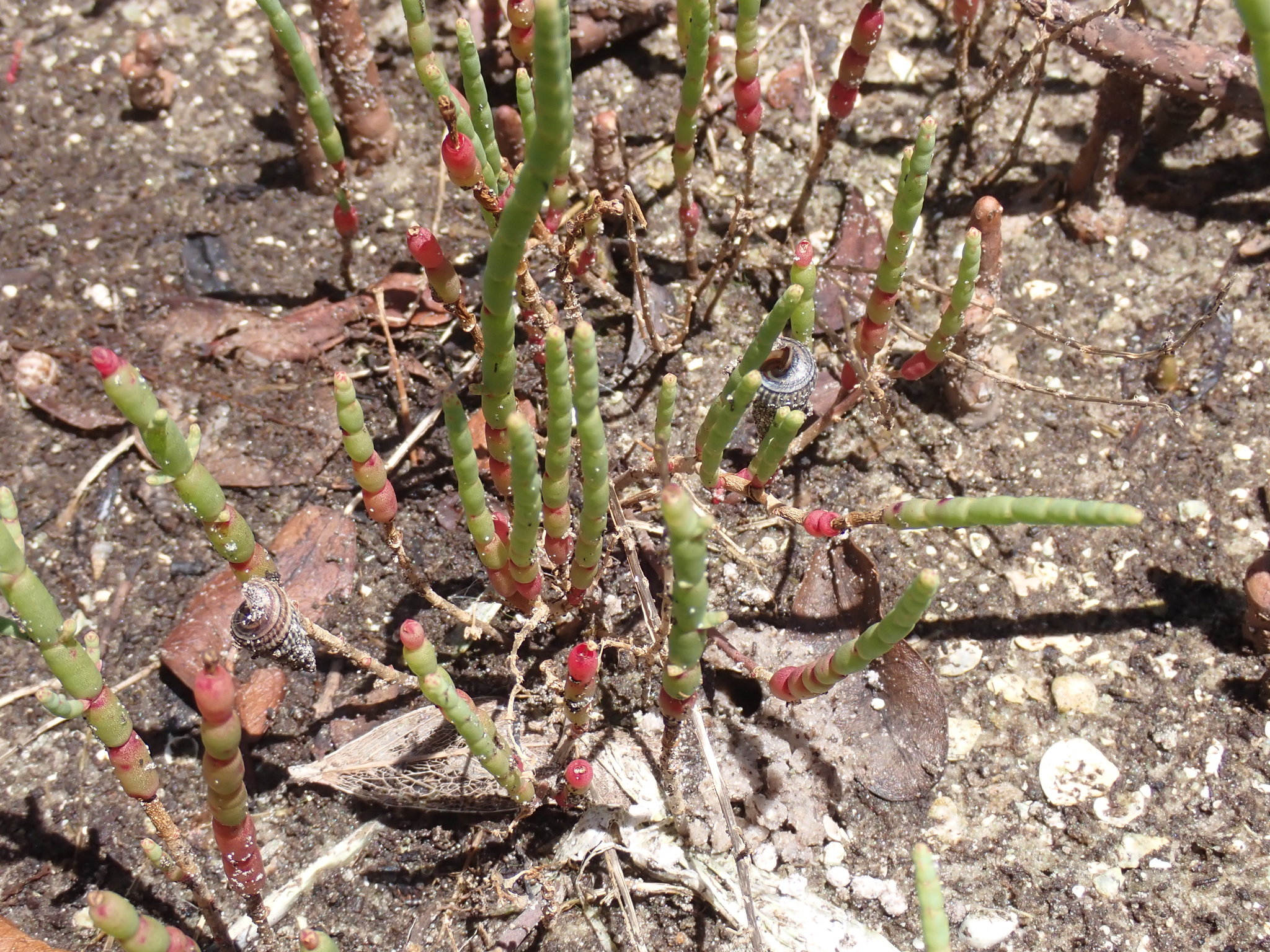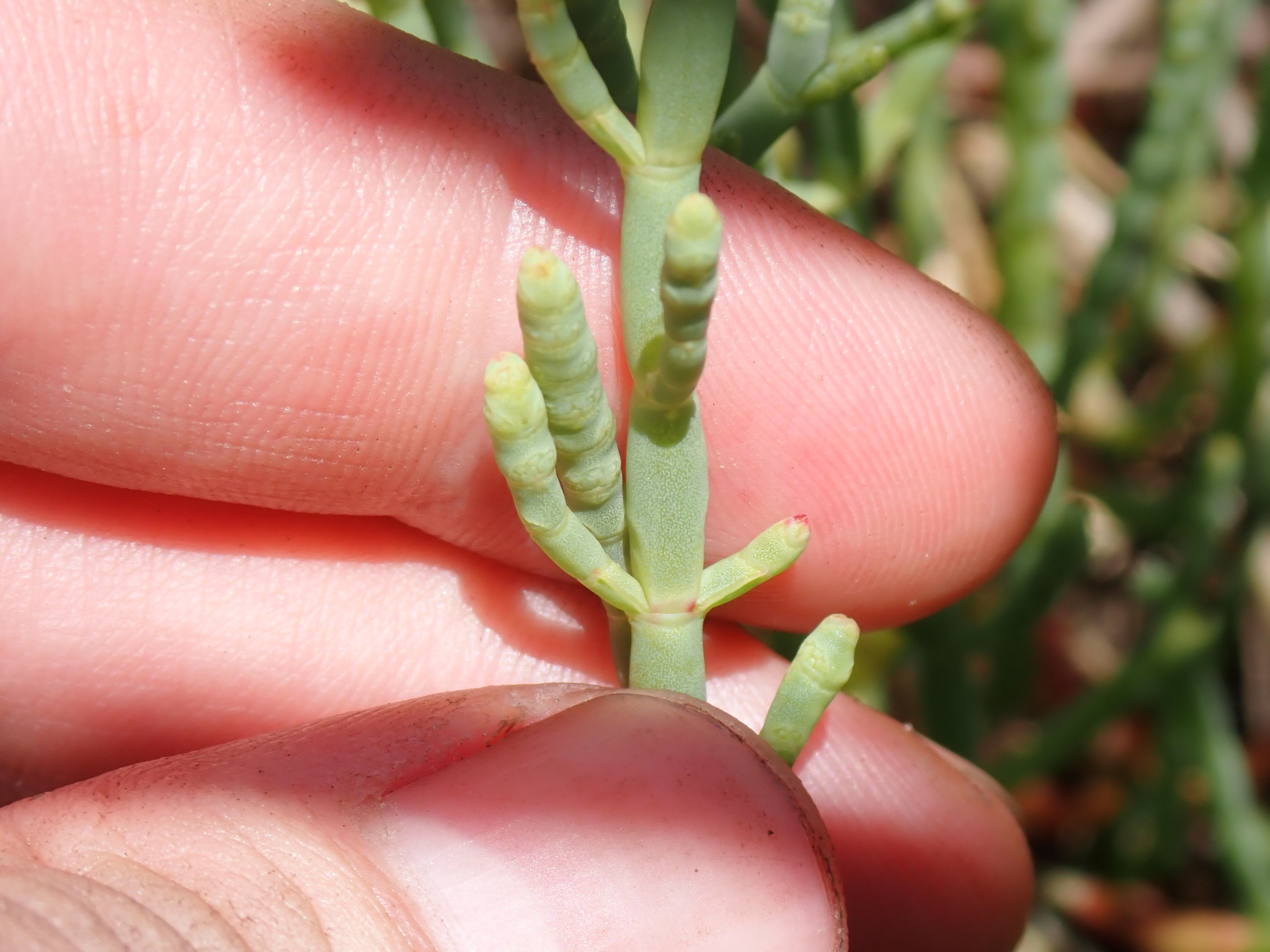July 2021 Ecoquest - Just Dune it!

This month at Marie Selby Botanical Gardens we are opening We Dream a World: African American Landscape Painters of Mid-Century Florida, The Highwaymen. The artists featured in the exhibition capture Florida’s vibrant landscape in paint. Many of the works showcase Florida’s coast with crashing waves on wind swept beaches. For this month’s EcoQuest, Just Dune It, we are taking inspiration from these paintings to observe coastal elements and pay special attention to the grasses that help sustain Florida’s coastline. Coastal dunes are Florida’s first line of defense against storms and sea level rise: absorbing wave and wind energy and reducing damage to upland habitat and structures located on our beloved shoreline. Beaches are an integral part of Florida’s economy, supporting a diverse mix of attractions that fuel the region’s tourism and infrastructure. But, most importantly, they are crucial to the protection of marine and coastal ecology, providing essential habitat and food for many species of wildlife.
Coastal grasses can be credited as the biological engineers of our coastal dune ecology. They stabilize by effectively trapping sand in their rhizomatous roots, anchoring the dune in place. In order to thrive in such conditions, dune grasses must be tolerant of sand-blasting winds, drought, heat, low nutrients, salt-spray, and salt-water flooding.
Dunes have three general vegetation zones that are determined by soil salinity. Grasses are commonly found in the frontal zone, landward of the highest tides. The back dune zone, or scrub zone, supports less salt tolerant grasses as well as shrubs and some trees. The forest zone is farthest from the ocean, where the vegetation transitions from maritime to non-maritime species. These zones can and do integrate, resulting in a diverse combination of zones based on environmental and mechanical interference.

There are a number of native grasses on Sarasota and Manatee County beaches that play a role in shoreline erosion control. This month's bioblitz will be at Lido Beach at 8AM-11AM on July 23rd please RSVP by emailing ecoflora@selby.org Some species that we will be highlighting in our July 2020 EcoQuest include:
Distichlis spicata - Saltgrass
Muhlenbergia capillaris – Muhly grass
Panicum amarum - Bitter panicgrass
Paspalum vaginatum – Seashore paspalum
Schizachyrium spp. – Sea coast bluestem
Spartina patens - Cordgrass
Uniola paniculalta - Sea oats
Please note that sand dunes are highly protected, and the Florida Beach and Shore Preservation Act (Chapter 161, Florida Statues) was established to preserve our coastline. Walking on dunes can lead to a citation in some areas, so please remember to make responsible observations and follow designated trails when visiting the dunes – and ask others to do the same.







